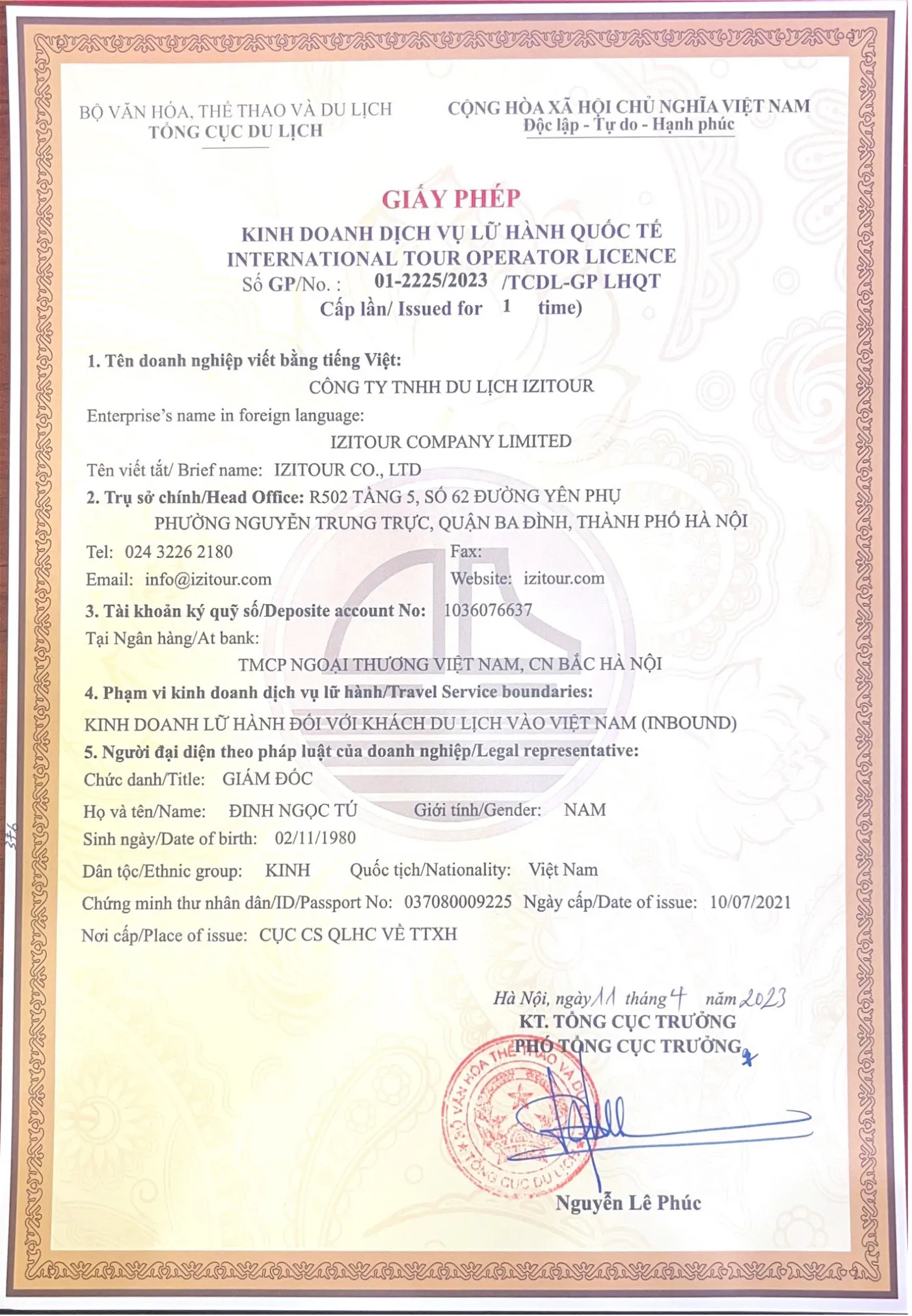Being built in the early 17th century, the Japanese Covered Bridge (Chua Cau) with its unique architecture is considered the symbol as well as the soul of Hoi An Old Town. Through the ups and downs of history and some restoration, the bridge witnessed many changes of Hoi An. Today, the bridge still welcomes tourists from all over the world to come, see and cross it to reach various sights.
Hoi An's Japanese Bridge is as old as its appearance, being sandwiched between Tran Phu and Nguyen Thi Minh Khai streets. To reach there, visitors have to move toward the southwest of Hoi An Old Town, Quang Nam. This construction, crossing a small branch of the Thu Bon River, is made from wood and brick. The upper part is a roofed house, the lower part is a bridge, and the foundation is made of stone pillars.
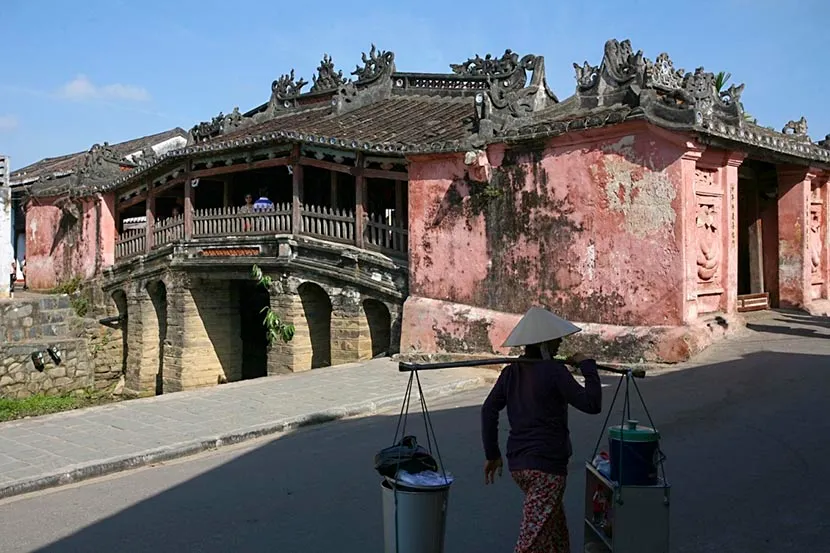
Chua Cau was originally built by Japanese merchants around the middle of the 17th century, therefore people called it the Japanese Bridge. According to a legend, the bridge is considered a sword to keep a monster which often causes earthquakes and floods around this area.
In fact, in addition to the function of traffic and religious belief, in the past, the Japanese Covered Bridge was a meeting point and a place to arbitrate disputes among traders in the commercial port of Hoi An.
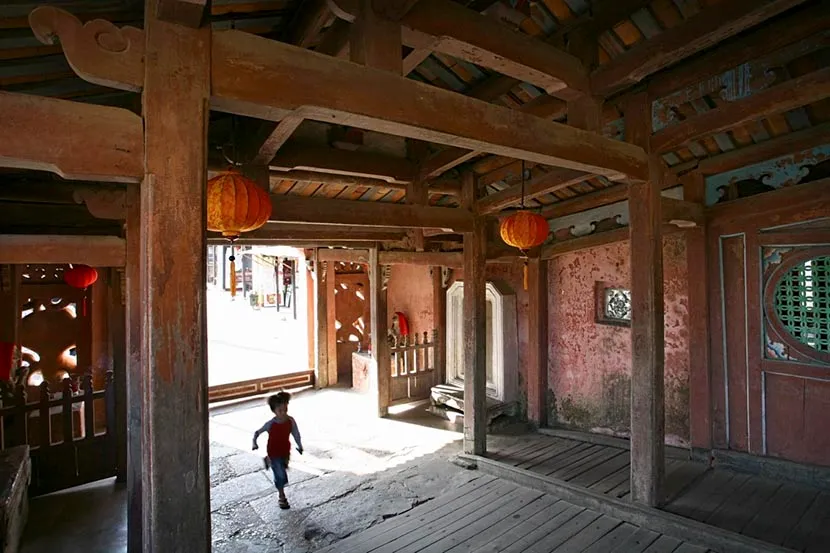
In 1653, on the northern side of the bridge, a pagoda was added, making the construction site T-shaped. In 1719, Lord Nguyen Phuc Chu visited Hoi An, and gave the bridge the name of Lai Vien Kieu, which means "The bridge welcomes guests from afar". According to the inscription remaining at the bridge entrance, it was rebuilt in 1817.
Japanese Covered Bridge is about 18m long, about 3m wide and presents the mixed architecture of Japan, China and Vietnam. The bridge structure consists of 3 main parts, which are the 2 bridgeheads and a bridge body in the middle. Each bridgehead on both sides is built of bricks, including 3 spans. In the middle of the bridge, there are 5 spans placed on stone pillars stuck into the water. All frame systems of the building are made of wood, with 3 roof systems corresponding to 3 bridge sections.
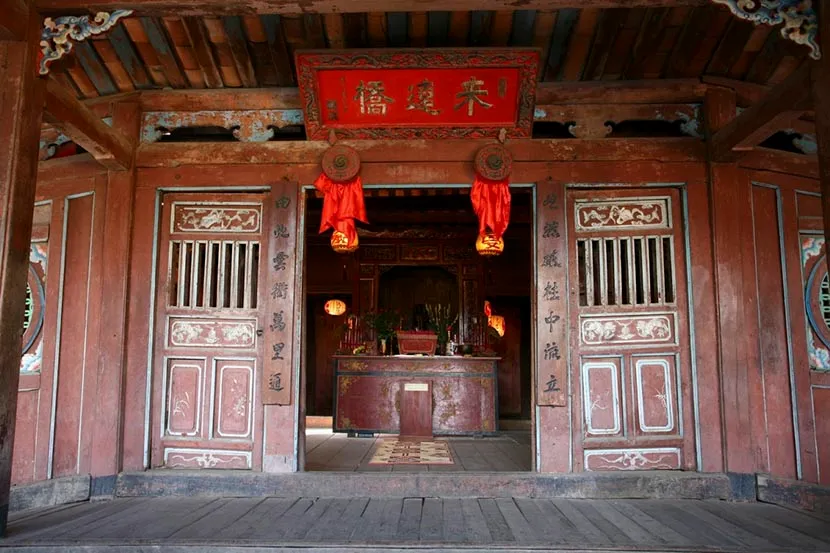
In the middle of the bridge is the entrance to a pagoda. Though being called a pagoda, in fact, this place does not worship Buddha but worships the North Deity Tran Vu - a god who specializes in controlling storms and floods, protecting the country, and bringing joy and happiness to people.
Above the entrance to the altar room, there is a signboard with the words "Lai Vien Kieu". Under the sign, there are two doors representing eyes, a typical architecture of Hoi An.
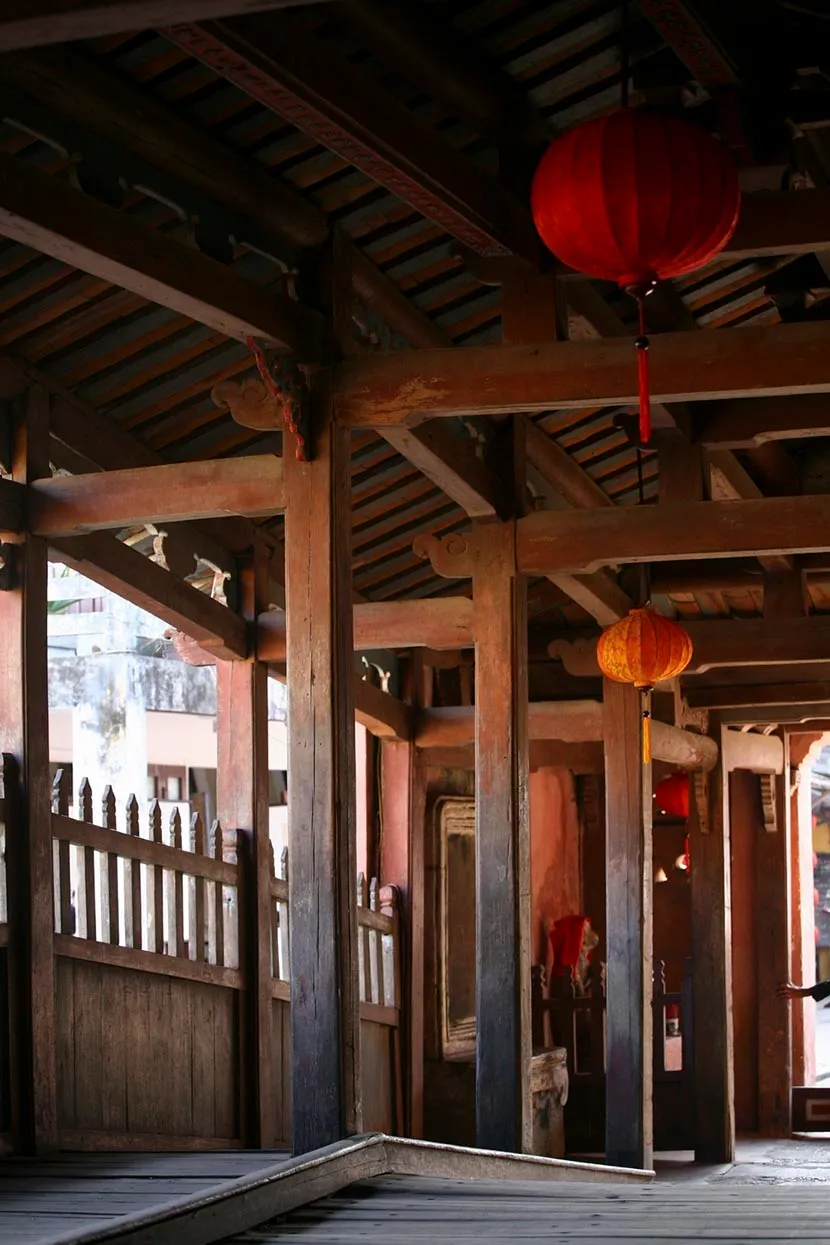
Initially, the wooden frames were painted with vermilion, but over time, the color has faded.
Japanese Covered Bridge has undergone many restorations, in 1817, 1865, 1915, and 1986. Many of the original Japanese architectural features have disappeared.
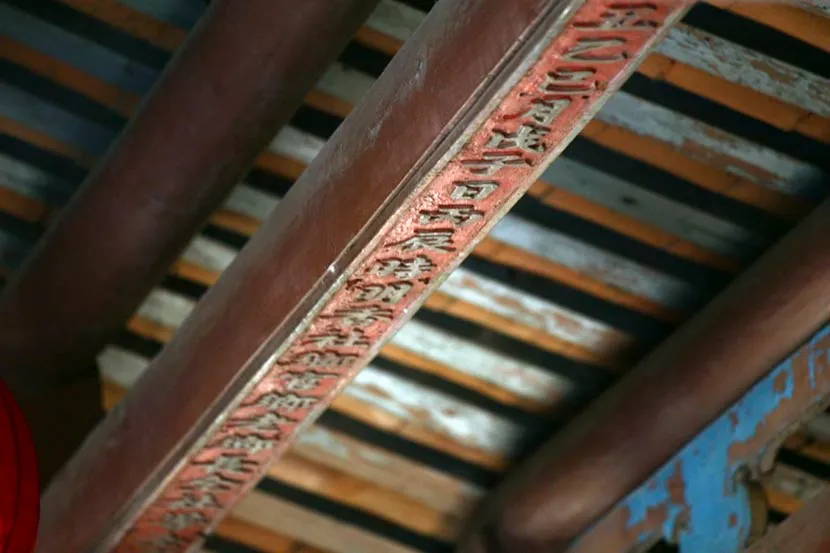
On some trusses, roof rafters are embossed with Chinese characters. In addition, in Chua Cau Bridge, there are many stone steles recording the history of it and Hoi An Old Town.
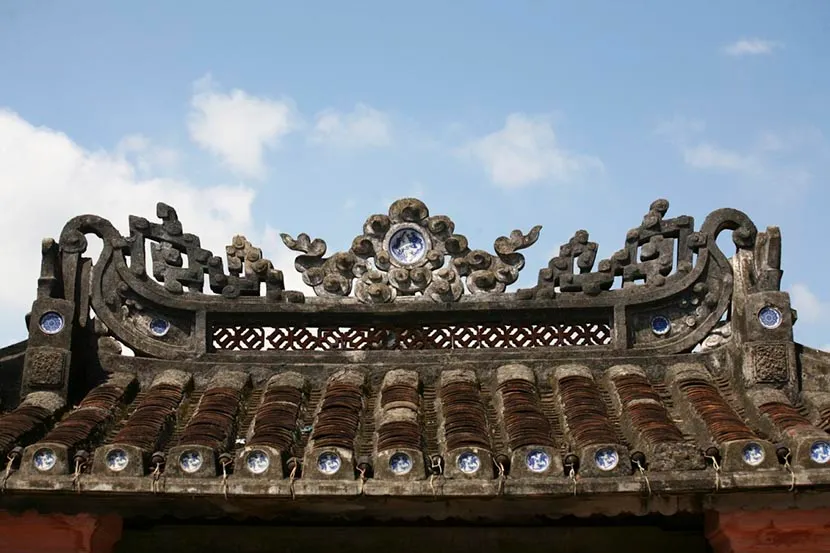
The roof of the building is covered with yin and yang tiles, decorated sophisticatedly. Especially, there are blue-glazed ceramics inlaid on the roof.
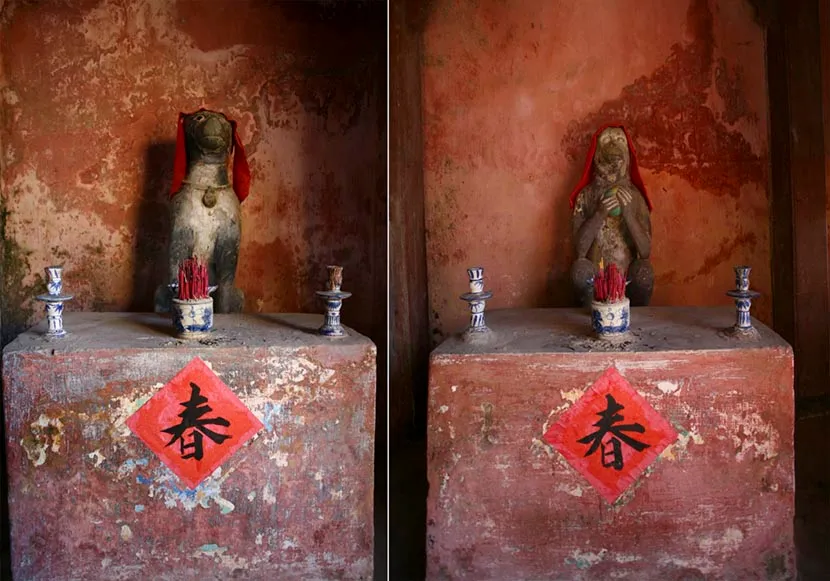
The two ends of the bridge have statues of monkeys and dogs worshiped solemnly. These are considered two mascots guarding according to Japanese folklore.
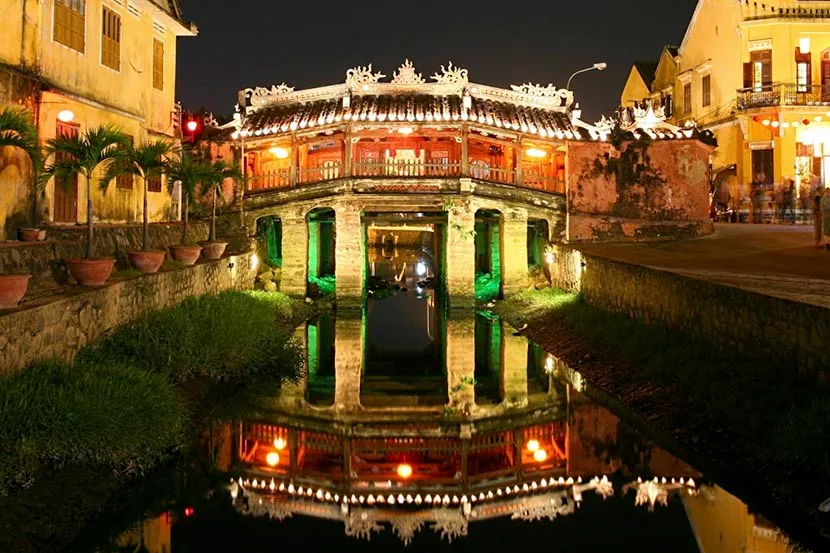
Japanese Covered Bridge is really a valuable architectural cultural heritage in Hoi An. Currently, the building is being degraded by the impact of time and natural disasters. In 2023, the People's Committees of Quang Nam Province and Hoi An City have been running a massive restoration project to preserve the bridge in the long term. The Heritage Management officer said that every single intervention must be based on science and history to ensure the long-term viability of this Hoi An's famous monument.
(Photos: internet)
See more about Hoi An:
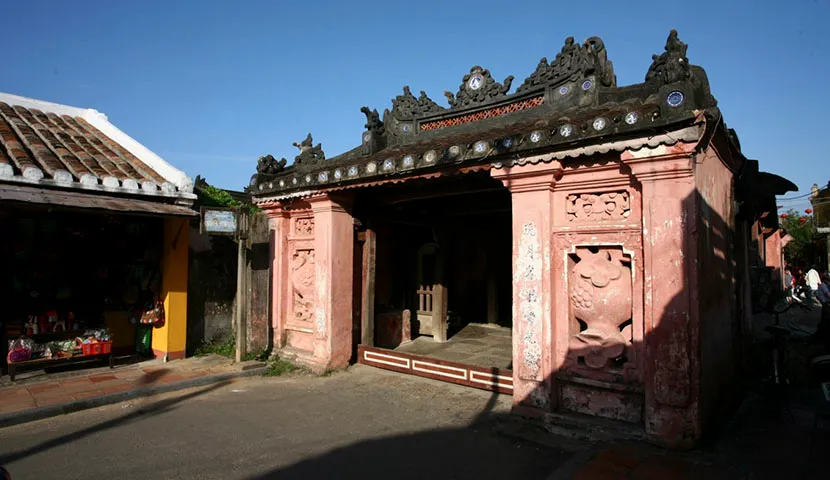
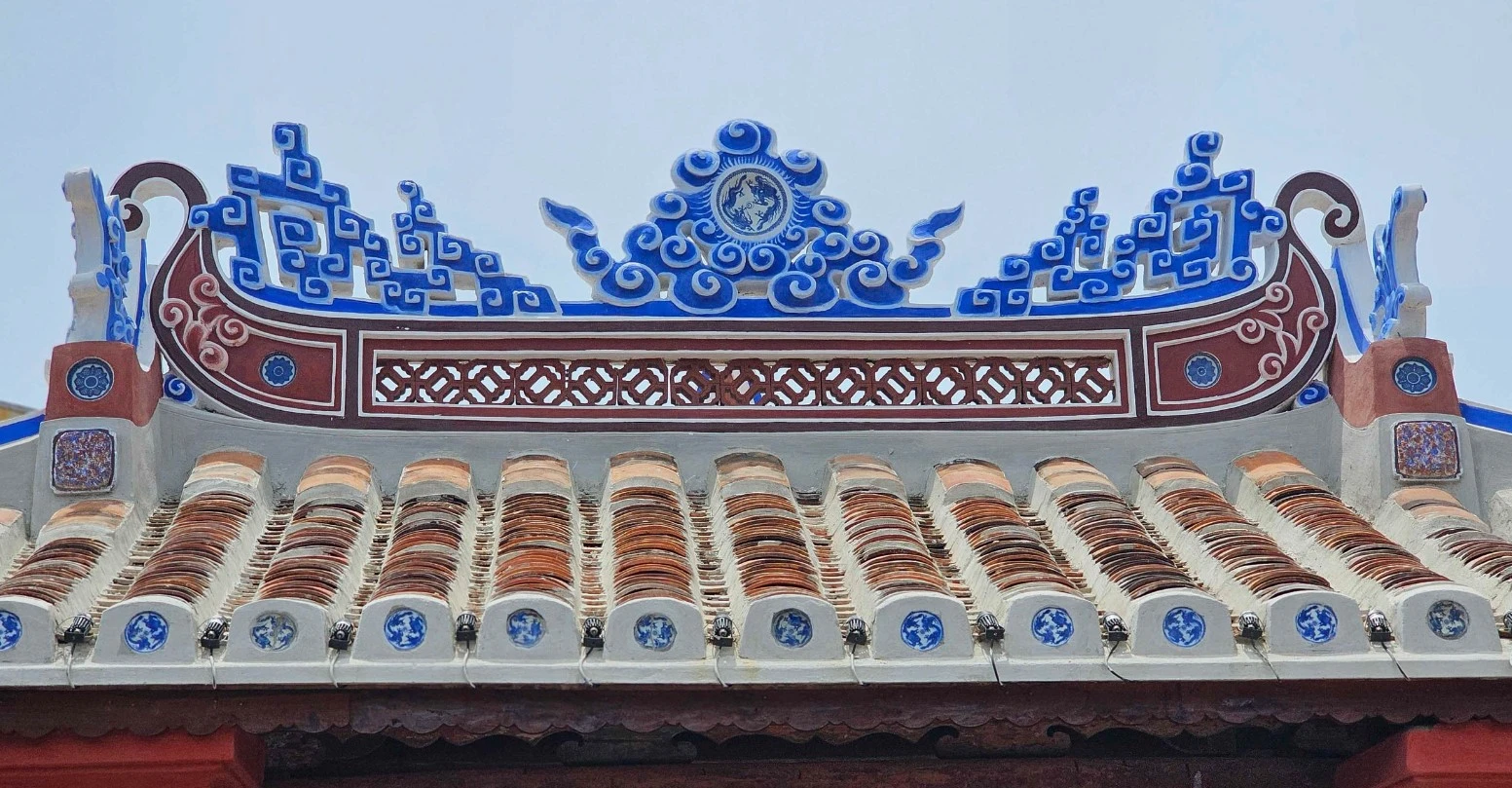
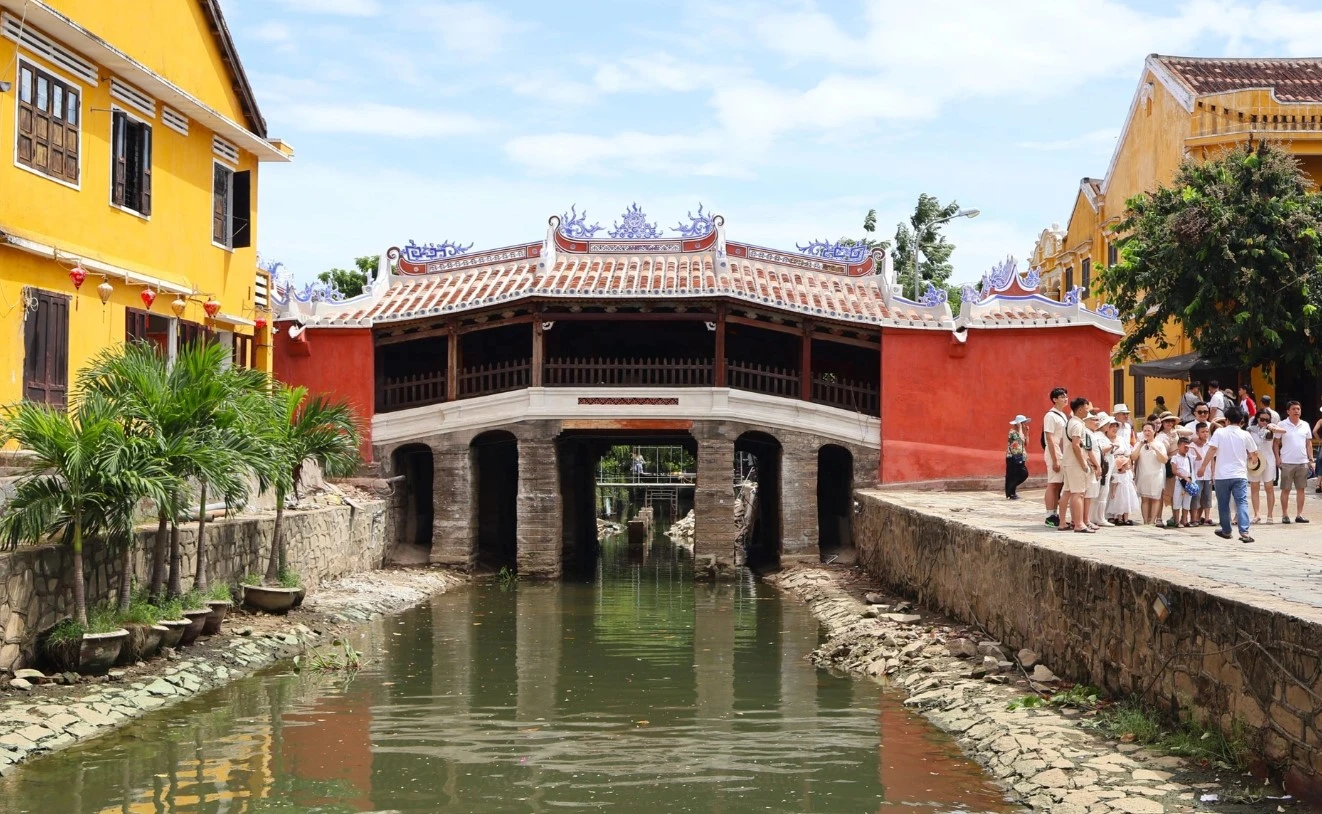
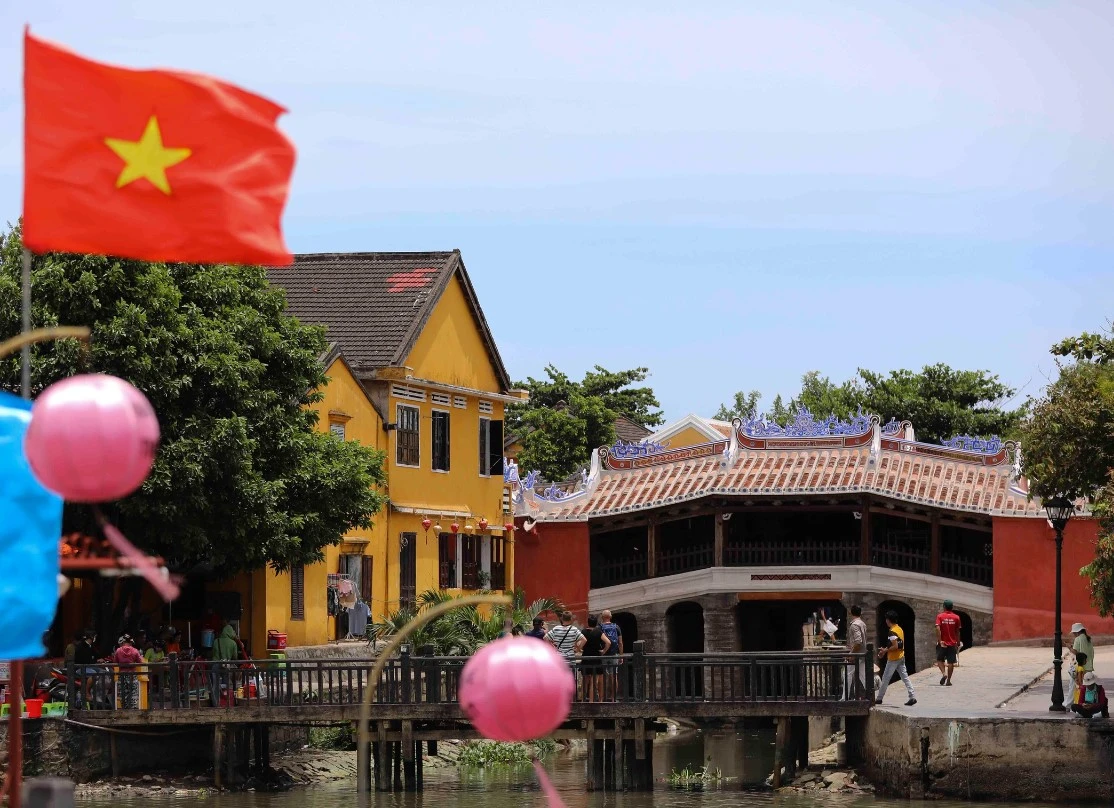








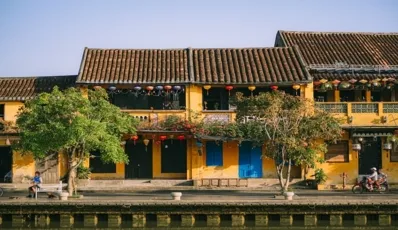
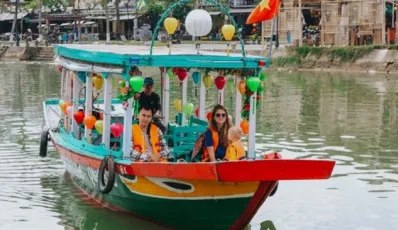

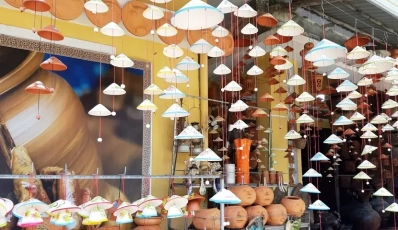

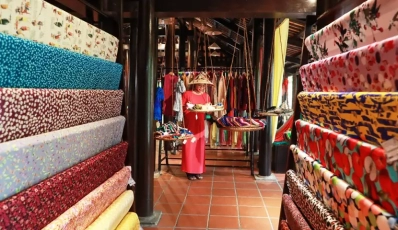
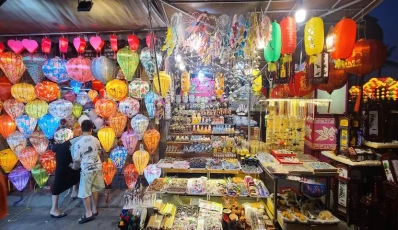
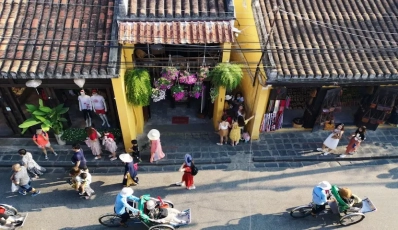

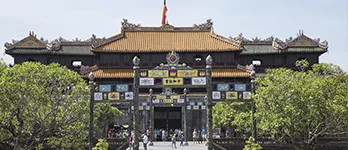
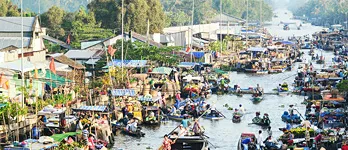

 TRAVELERS' CHOICE 2025
TRAVELERS' CHOICE 2025 